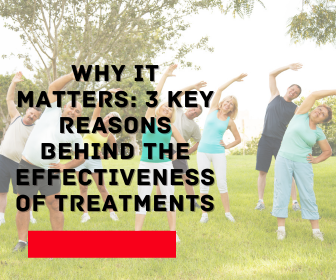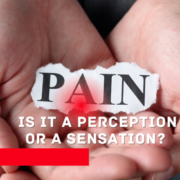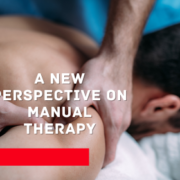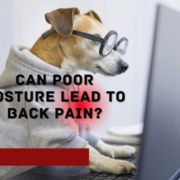Why It Matters: 3 Key Reasons Behind the Effectiveness of Treatments
Ever wondered why a massage, acupuncture, foam rolling, or a chiropractic adjustment makes you feel better? The answers might surprise you—often, even therapists don’t fully understand the mechanisms at play. Worse, some rely on outdated or debunked explanations.
Misconceptions in Popular Therapies
- Foam Rolling: Contrary to popular belief, it doesn’t break adhesions or melt fascia.
- Chiropractic Manipulation: It doesn’t realign joints that are “out”.
- Deep Tissue Massage: It doesn’t detoxify or eliminate “muscle knots”.
- Acupuncture: Random needle placement can be as effective as targeting supposed meridians.
- Motor Control Exercises: These can reduce pain without altering motor control.
These treatments can indeed make people feel better, but not for the reasons often advertised. And no, it’s not just placebo—a term that itself is often misunderstood.
The Real Reason Behind the Relief
Therapists frequently focus on “fixing” physical tissues, overlooking the more complex systems in the body—nervous, immune, and autonomic systems—that are highly responsive to minor stimuli and significantly influence our movement and sensations
1. Understanding Enhances Performance
Knowing how something works makes it easier to improve. If you understand the mechanism, hitting the target becomes more straightforward.
Take stretching or massage, for example. It improves range of motion by helping muscles relax, as supported by research. However, if you mistakenly believe this involves forcefully breaking adhesions or lengthening tissues, you might overlook the importance of client relaxation.
When I work on a client, I always ask, “How does that feel?” Often, clients who focus on fascia respond, “Don’t worry about me, I have a high pain tolerance. Do what you need to do.” My thought? “I need to know how you feel; it’s crucial for effective treatment.” If my goal were breaking up fascia, I wouldn’t care about their comfort, and my effectiveness would suffer.
2. Unintended Consequences
Consider a patient with neck pain who visits a chiropractor and is told their neck is “out.” After an adjustment, they feel better. What’s the harm in believing this relief comes from realignment?
Initially, there might be none. But false beliefs can cause long-term issues. If the pain returns, the client might think they need another adjustment, ignoring other solutions like exercise, rest, or gentle movement.
When a client experiences neck pain again, they might assume their neck is “out” and seek a quick fix through manipulation. This mindset can lead them to ignore other effective solutions like exercise, rest, or gentle movement. If the pain persists, they might start believing their neck is fragile and unstable, a misconception that can escalate into a nocebo effect, causing more pain and avoidance of beneficial movement.
I’ve encountered many clients with these misconceptions, resulting in wasted time, money, increased anxiety, and confusion.
This issue isn’t limited to chiropractic clients. I’ve seen yoga enthusiasts constantly stretching, Pilates practitioners always focusing on stabilization, corrective exercisers hunting for tiny muscle imbalances, and joint mobility advocates endlessly mobilizing. They act as if their joints need constant lubrication or risk stiffening up immediately. Rust never sleeps, right?
These behaviors often stem from false beliefs about why certain therapies seemed effective in the past. Many think they’ve fixed “issues in the tissues” rather than temporarily adjusting their nervous system’s sensitivity.
The key takeaway is that false beliefs, no matter how minor, can spread like viruses. They multiply, mutate, and can turn into pervasive misconceptions that hinder recovery. As physiotherapists, it
3. The Truth Matters
Truth holds intrinsic value, even when its practical benefits aren’t immediately clear. Knowledge is powerful for you, your clients, and the entire community.
Currently, we lack a complete understanding of why chronic pain occurs and the best ways to treat it.
However, the absence of this knowledge doesn’t make learning more useless. Every step away from misinformation and confusion brings us closer to the truth.
Let’s be honest—truth is empowering, and ignorance is detrimental. Here are some quotes from experts to illustrate this.
Thank you to my readers and social media community—thinkers, skeptics, and fearless followers of evidence.









